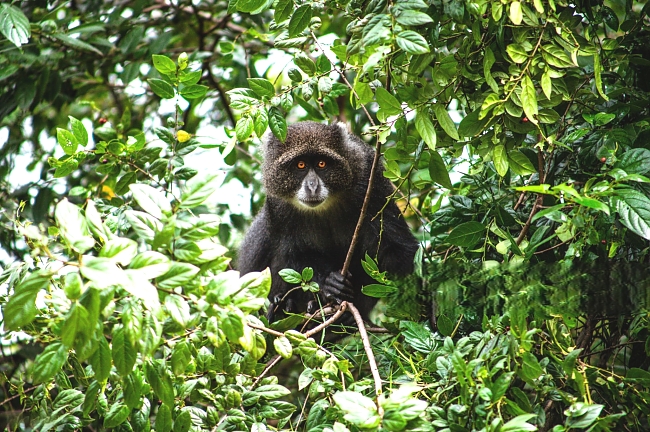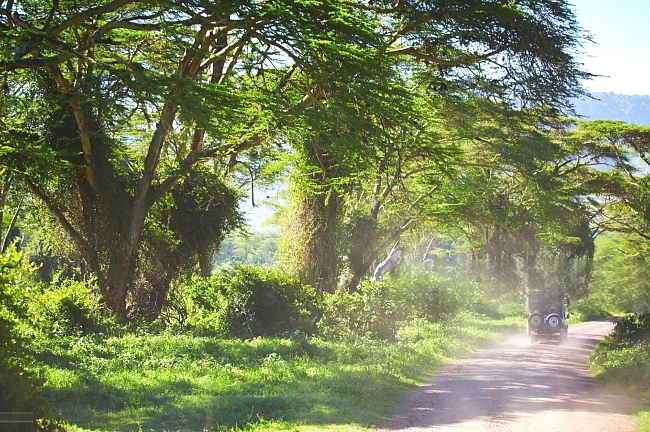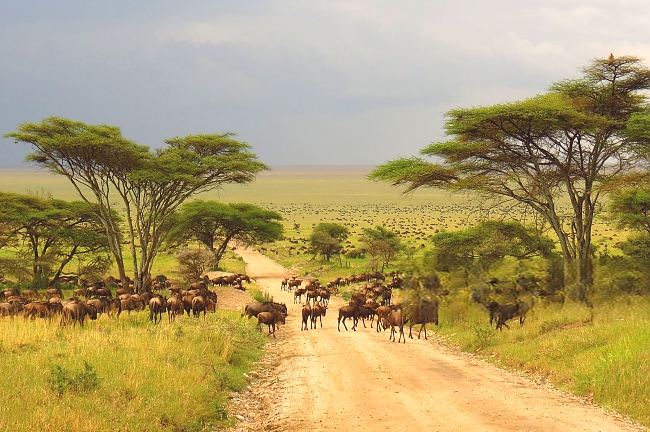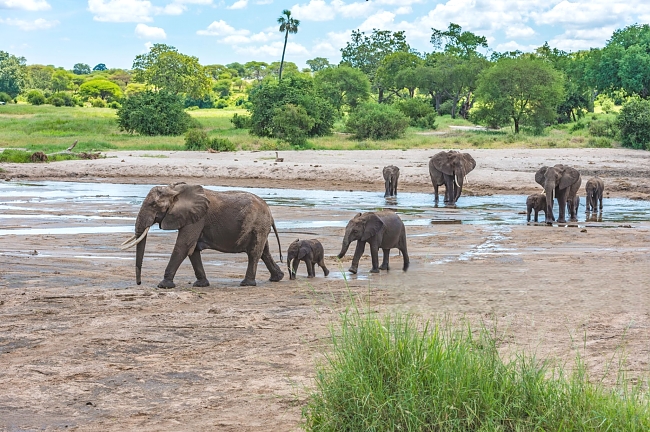The Ngorongoro National Park is located west of Arusha, connecting to the Serengeti in the north-west and to the Great Rift Valley in the east.
The park was established as a conservation area for wildlife and the semi-nomadic Maasai population that reside in it.
The caldera is an important landmark for human history, as well as an essential habitat safeguarding animal diversity. Despite its small area, the caldera has excellent bio-diversity, and several globally threatened species live on these plains. These plains form part of the route of the Great Migration.
The caldera is of scientific importance as important discoveries were made here that shed light on the path of human evolution.
Aside from the main caldera, there are two other volcanic craters: the Olmoti and Empakai. The Olmoti is famed for its beautiful waterfalls, and the Empakai is known for its deep lake and lush green walls.
Another amazing site is the Olduvai Gorge, a 14km long ravine. In order to protect this incredible natural wonder, visitor numbers are closely monitored, and you must obtain a permit to enter the crater and the gorge.
The crater was formed around 2.5 million years ago when a volcano - thought to be roughly the same height as Kilimanjaro - erupted and collapsed in on itself. Now dormant, the volcano’s crater is 610 metres deep and 20km wide, making it the world’s largest inactive caldera.






